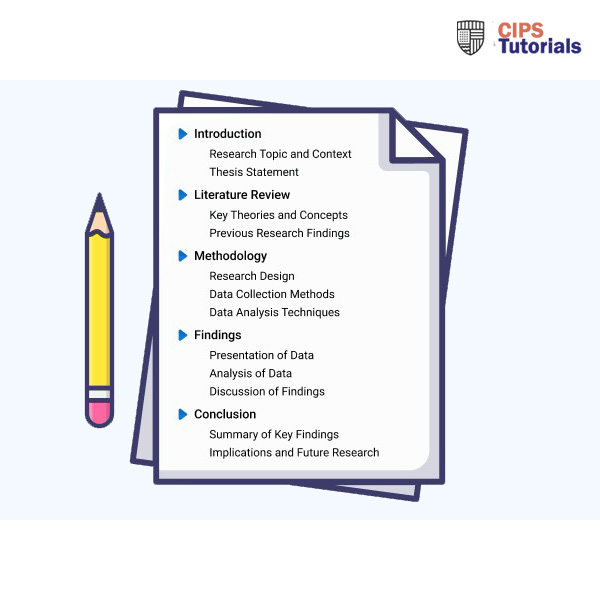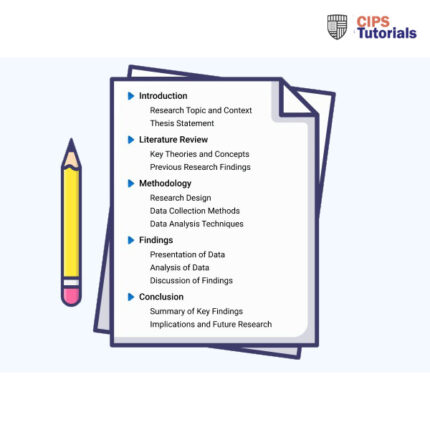-75%
Description
Related Papers
(Solution) CIPS Oman LNG LLC Strategic Supply Chain Management
(Solution) New CIPS APPR Advanced Level 6 Final Assessment
- In conclusion, the findings in this report indicate that Woolworths is currently using Ariba and SAP systems. This study covers the annual spend of Woolworths, the portfolio of Woolworths, their Category and Risk Management.
- Based on the study, Woolworths have to reduce their annual costs, and this may be supported by automation of as many processes as possible and this will also improve their efficiency and effectiveness levels.
- Woolworths also has made significant efforts in categorising its products and managing supply and other risks by having a wide pool of suppliers.
- Further, the introduction of online shopping has greatly boosted their market reach and their competitiveness.
- Woolworths also has to consider grouping all its purchases into categories. This will greatly ease the amounts spent on buying individual items since bulk purchases allow for great discounts due to the economies of scale.
- Further, category management will ensure that the entire supply chain is managed effectively and efficiently with minimal instances of supply chain disruptions.
- Woolworths also must prioritise its stakeholders and acknowledge the role that each stakeholder plays and how this contributes significantly to the overall growth of the firm.
- Stakeholders have to be informed and involved when major decisions are to be made as this will enrich the strategies, contributions and suggestions brought forward.
- Stakeholder analysis is also key to maintain the stakeholder relations which improves not only the reputation of Woolworths but also the market share of Woolworths. This gives them a niche in their market.
(Solution) New 5HR01 (AC1.4) Explain the concept of better working lives and how this can be designed
(Solution) 7HR01 Question 1 (AC 1.1) Provide an overview of the three main perspectives on employment relations, unitarist, pluralist and radical
(Solution) CIPS FIDIC Contracts Advanced Practitioner Corporate Award (APCE)
- In this report, an evaluation of a contract by Oracle which is FIDIC guiding their construction projects in more than 67 countries globally has been carried out.
- It is evident from the analysis that there are varying contractual terms having an influence on the power and risk distribution between a supplier and an organisation.
- The rationale of this is that a contract is a legally enforceable agreement between different parties with specific acts or practices to be put into account.
- The core report areas of focus of focus has included the issues of price, quality, construction projects delivery timeline and health and safety have been put into account on the extent in which the risk and power are distributed between the contractor and the organisations.
- In the components identified, it is evident that irrespective of whether the buyer or supplier executes the risk or power.
- Through the application of different tools such as Mendelow stakeholders matrix, SWOT analysis and others, distinct issues and risks characterised by various challenges in the construction projects execution with their mitigation approaches and risks have been evidenced.
- As evidenced from the Kraljic analysis, it is evident that contractual terms have a strategic relevance in the context of Oracle informing on their holistic leveraging on the risks and powers of the contract.
- In situations where Oracle fails in leveraging on contract holistic risks power balance, warrant and also insurance cover is used.

